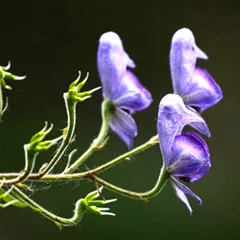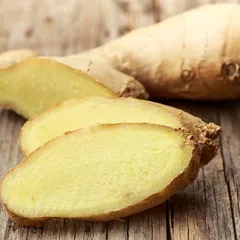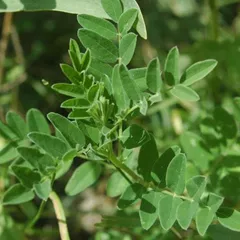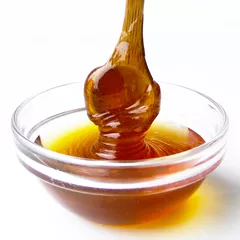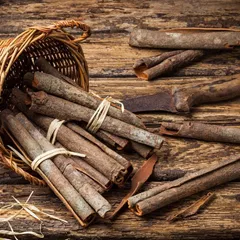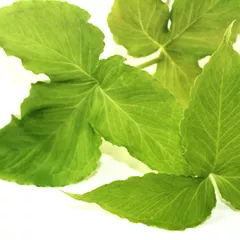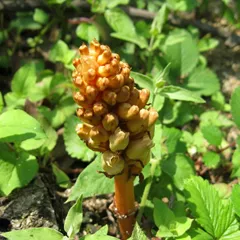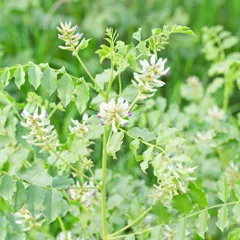Fang Ji Huang Qi Tang
Fang Ji Huang Qi Tang
Chinese: 防己黄芪汤
Pinyin: Fáng Jǐ Huáng Qí Tāng
Other names: Stephania and Astragalus Decoction
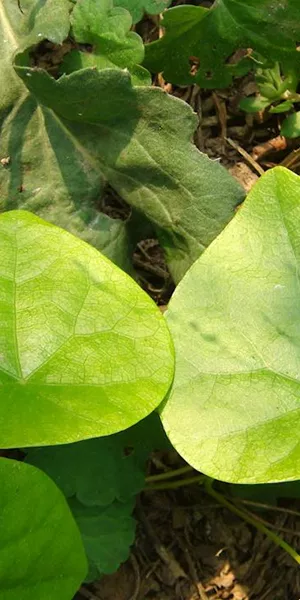
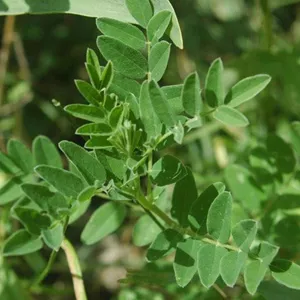
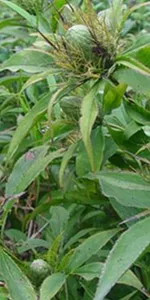
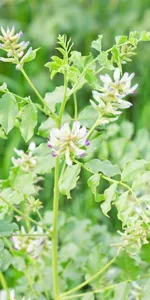
Fang Ji Huang Qi Tang
Fang Ji Huang Qi Tang
Chinese: 防己黄芪汤
Pinyin: Fáng Jǐ Huáng Qí Tāng
Other names: Stephania and Astragalus Decoction
Number of ingredients: 6 herbs
Formula category: Formulas that promote urination and leach out Dampness
Conditions for which it may be prescribed: EdemaAscitesLumbar disc disease and three other conditions
- Diuretic, clears Excess fluid and removes edema
- Tonifies the Spleen Qi
- Calms External Wind
Contraindications: Contraindicated for Excess type Edema manifesting as nausea, abdominal... Contraindicated for Excess type Edema manifesting as nausea, abdominal distention, loose stools, or other Stomach and Intestinal symptoms. Contraindicated when there is an absence of sweating. see more
Source date: 220 AD
Source book: Essentials from the Golden Cabinet
The information provided here is not a replacement for a doctor. You shouldn't use it for the purpose of self-diagnosing or self-medicating but rather so you can have a more informed discussion with a professional TCM practitioner.
Fang Ji Huang Qi Tang is a 6-ingredient Chinese Medicine formula with Stephania Roots (Fang Ji) and Milkvetch Roots (Huang Qi) as principal ingredients.
Invented in 220 AD, it belongs to the category of formulas that promote urination and leach out Dampness. Its main actions are: 1) diuretic, clears Excess fluid and removes edema and 2) tonifies the Spleen Qi.
In Chinese Medicine health conditions are thought to arise due to "disharmonies" in the body as a system. These disharmonies are called "patterns" and the very purpose of herbal formulas is to fight them in order to restore the body's harmony.
In this case Fang Ji Huang Qi Tang is used by TCM practitioners to fight patterns like Oedema or Wind-Damp. From a Western Medicine standpoint, such patterns can give rise to a range of conditions such as ascites, edema or rheumatic heart disease for instance.
On this page, after a detailed description of each of the six ingredients in Fang Ji Huang Qi Tang, we review the patterns and conditions that Fang Ji Huang Qi Tang helps treat.
The six ingredients in Fang Ji Huang Qi Tang
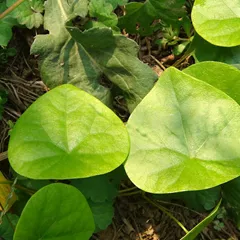
Fang Ji is a king ingredient in Fang Ji Huang Qi Tang. Like the name indicates, it means it has more power than other ingredients in the formula.
1. Stephania Roots (Fang Ji)
Part used: Dried root
Nature: Cold
Taste(s): Bitter
Meridian affinity: BladderLung
Category: Herbs that clear Heat and dry Dampness
Fang Ji releases the Exterior, unblocks the Meridians, promotes urination, expels Dampness and relieves pain. By combining it with Milkvetch root (Huang Qi), the other key herb, they mutually reinforce their Qi tonifying and urination-promoting actions: this alleviates any Edema without injuring the normal Qi.
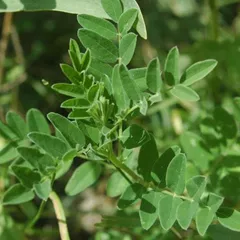
Huang Qi is a king ingredient in Fang Ji Huang Qi Tang. Like the name indicates, it means it has more power than other ingredients in the formula.
2. Milkvetch Roots (Huang Qi)
Huang Qi is the principal ingredient in Chinese Medicine for stabilizing the Protective Qi in cases of Deficiency.
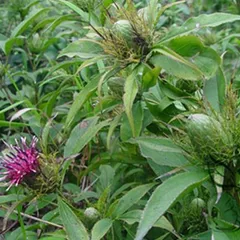
Bai Zhu is a deputy ingredient in Fang Ji Huang Qi Tang. This means it helps the king ingredient(s) treat the main pattern or it serves to treat a coexisting pattern.
3. Atractylodes Rhizomes (Bai Zhu)
Part used: Dried rhizome
Nature: Warm
Meridian affinity: SpleenStomach
Category: Tonic herbs for Qi Deficiency
Bai Zhu strengthens the Spleen and resolves Dampness. It assists Milkvetch root (Huang Qi) in stabilizing the Exterior (Protective Qi) and Stephania root (Han Fang Ji) in resolving the Dampness.
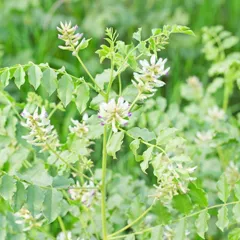
Gan Cao is an assistant ingredient in Fang Ji Huang Qi Tang. This means that it either serves to reinforces the effect of other ingredients or it moderates their toxicity.
4. Liquorice (Gan Cao)
Part used: Dried root and rhizome
Nature: Neutral
Taste(s): Sweet
Meridian affinity: HeartLungSpleenStomach
Category: Tonic herbs for Qi Deficiency
In general Gan Cao's main actions are as follows: "Tonifies the Basal Qi and nourishes the Spleen Qi. Clears Heat and dispels toxicity. Moistens the Lungsexpel phlegm and stop coughing. Relieves spasms and alleviates pain. Harmonizes and moderates the effects of other herbs."
In the context of Fang Ji Huang Qi Tang, it is used because it helps tonify the Spleen.

Sheng Jiang is an envoy ingredient in Fang Ji Huang Qi Tang. This means that it directs the formula towards certain area of the body and/or harmonizes the actions of other ingredients.
5. Fresh Ginger (Sheng Jiang)
Sheng Jiang , together with Jujube dates (Da Zao, the other envoy in this formula), regulate the nutritive and protective Qi to assist in the stabilization of the Exterior and the strengthening of the Qi and Blood.
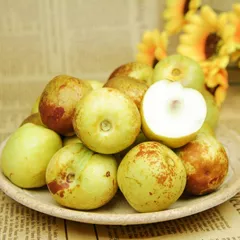
6. Jujube Dates (Da Zao)
Part used: Dried ripe fruit
Nature: Warm
Taste(s): Sweet
Meridian affinity: SpleenStomach
Category: Tonic herbs for Qi Deficiency
In general Da Zao's main actions are as follows: "Tonifies the Spleen and Stomach Qi. Tonifies the Blood. Calms the Shen (spirit). Moderates the actions of other herbs in formula."
Conditions and patterns for which Fang Ji Huang Qi Tang may be prescribed
It's important to remember that herbal formulas are meant to treat patterns, not "diseases" as understood in Western Medicine. According to Chinese Medicine patterns, which are disruptions to the body as a system, are the underlying root cause for diseases and conditions.
As such Fang Ji Huang Qi Tang is used by TCM practitioners to treat two different patterns which we describe below.
But before we delve into these patterns here is an overview of the Western conditions they're commonly associated with:
Ascites Edema Rheumatic heart disease Rheumatoid arthritis Acute glomerulonephritis Lumbar disc disease
Again it wouldn't be correct to say "Fang Ji Huang Qi Tang treats ascites" for instance. Rather, Fang Ji Huang Qi Tang is used to treat patterns that are sometimes the root cause behind ascites.
Now let's look at the two patterns commonly treated with Fang Ji Huang Qi Tang.
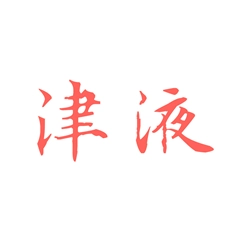
Body Fluids (Jin Ye) is one of Chinese Medicine's vital subtances. Learn more about Body Fluids in Chinese Medicine
Oedema
Pulse type(s): Hidden (Fu), Slowed-down (Huan)
Tongue coating: Thick white coating
Symptoms: Fatigue Sore back Sore knees Cold limbs Eye swelling Loose stools Poor appetite Oedema of face Oedema of feet Oedema of legs Oedema of hands Oedema of ankles Oedema of abdomen Labored breathing Abdomen distension Urinary difficulty Feeling of heaviness General sensation of heaviness distention and fullness
Fang Ji Huang Qi Tang is sometimes prescribed by TCM practitioners to treat Oedema. This pattern leads to symptoms such as oedema of abdomen, oedema of ankles, oedema of face and oedema of feet. Patients with Oedema typically exhibit hidden (Fu) or slowed-down (Huan) pulses as well as Pale tongue with white sticky coating or white slippery coating.
Oedema (also spelled "Edema") a retention of Body Fluids that results in swellings, depending where the retention occurs: it can be in the limbs, the legs, the face, etc. The swellings are usually so that if one presses on it with a finger, the resulting dip takes a long time to disappear.
Oedema... read more about Oedema
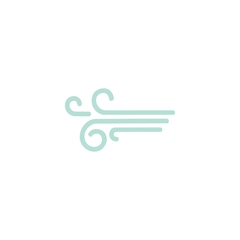
Wind is one of the pathogenic factors in Chinese Medicine. Learn more about Wind in Chinese Medicine
Wind-Damp
Pulse type(s): Floating (Fu)
Tongue coating: Thick white coating
Tongue color: Pale
Symptoms: Edema Sweating Urinary difficulty General sensation of heaviness
Fang Ji Huang Qi Tang is sometimes prescribed by TCM practitioners to treat Wind-Damp. This pattern leads to symptoms such as sweating, general sensation of heaviness, edema and urinary difficulty. Patients with Wind-Damp typically exhibit floating (Fu) pulses as well as a pale tongue with thick white coating.
Formulas similar to Fang Ji Huang Qi Tang
Bai Zhu Fu Zi Tang is 67% similar to Fang Ji Huang Qi Tang
Huang Qi Jian Zhong Tang is 57% similar to Fang Ji Huang Qi Tang
Bu Zhong Yi Qi Tang is 50% similar to Fang Ji Huang Qi Tang
Ban Xia Bai Zhu Tian Ma Tang is 50% similar to Fang Ji Huang Qi Tang
Ju Yuan Jian is 50% similar to Fang Ji Huang Qi Tang
Xiao Jian Zhong Tang is 50% similar to Fang Ji Huang Qi Tang

